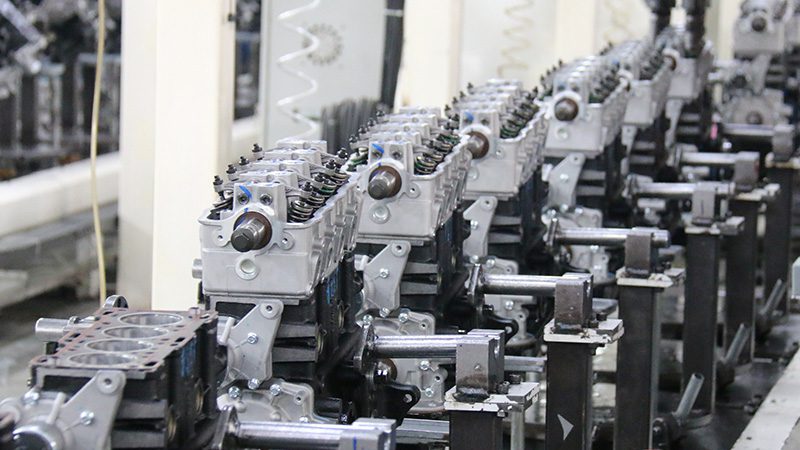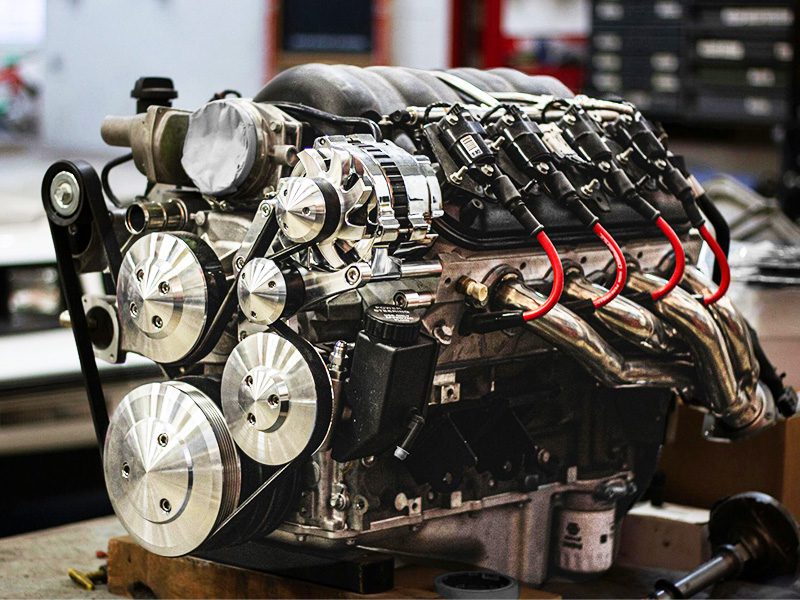Engines usually steal the spotlight for horsepower, torque, or sound. But one thing that rarely comes up is the weight. And yet, it matters. Because the engine is one of the heaviest parts of your car, its weight affects handling, efficiency, and even the way it gets serviced.
No matter whether it’s a compact four-cylinder or a massive V8, engine weight varies a lot. So instead of talking about performance upgrades or top speed today, let’s get into something a bit underrated but pretty important. Here’s everything you need to know about how much a car engine really weighs.
Overview
| Position | Engine Type | Engine Weight (Pounds) | Engine Weight (KG) |
|---|---|---|---|
| 1 | 3-Cylinder | 145 - 240 | 66 - 109 |
| 2 | Inline Four-Cylinder | 300 - 400 | 136 - 181 |
| 3 | V6 | 300 - 450 | 136 - 204 |
| 4 | V8 | 400 - 700 | 181 - 317 |
| 5 | V10 | 500 - 750 | 227 - 340 |
| 6 | V12 | 500 - 800 | 227 - 363 |
| 7 | Diesel | 400 - 700+ | 181 - 318+ |
| 8 | Electric | 100 - 300 | 45 - 136 |
What Contributes to the Weight of a Car Engine?
To understand why engines weigh so much, just look at what’s inside. Every single part of the motor adds to the scale.
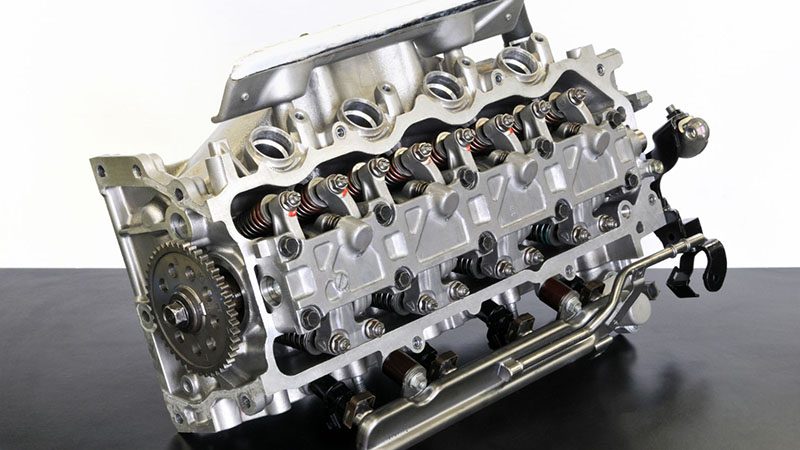
Cylinder Block
The engine cylinder block has the cylinders in it for the combustion. It’s either cast iron or aluminum and since it is the core of the whole engine, it carries a considerable portion of the weight.
Pistons and Crankshaft
The pistons sit inside the cylinders and move up and down during each combustion cycle. That movement connects to the crankshaft to convert to rotational motion. Both of these parts are thick metal pieces designed to deal with force nonstop, and they bring their own weight with them.
Camshaft and Valve Train
The camshaft is a rotating shaft. Its main job is to open and close the intake and exhaust valves—letting air and fuel in, and pushing exhaust gases out. It also operates the valve train, which includes rocker arms, pushrods, and cam followers. All of this adds more weight.
Intake and Exhaust Manifolds, Oil Pump, Cooling System
Oil pumps, intake manifolds, and exhaust manifolds do a lot behind the scenes, and that is to direct the flow and to keep engine parts cool and lubed. These aren’t featherweights either and add more bulk through pipes, metal, and fluid.
How Much Does a Car Engine Weigh: Based on Vehicle Type
If you’re curious how much a car engine weighs, you have to know the kind of car you’re talking about. Some are geared for speed, others for being reliable on rugged terrains, and then there are fuel-efficient cars as well. So, a little hatchback won’t carry the same load as a pickup truck. Let’s break it down by type.
1. Compact Cars
Engines in compact cars are usually 3-cylinder or Inline 4-cylinder. This is because these engines are all about fuel economy and basic driving rather than power.

Most of them weigh somewhere between 145 and 400 pounds, which fits with their lighter frames and smaller engine bays.
2. Sedans and Crossover SUVs
Sedan cars and crossover SUVs are manufactured for daily driving on city roads and highways, so they need a bit more power than compacts. Therefore, their engine displacement is somewhere between 1.5L and 3.0L.
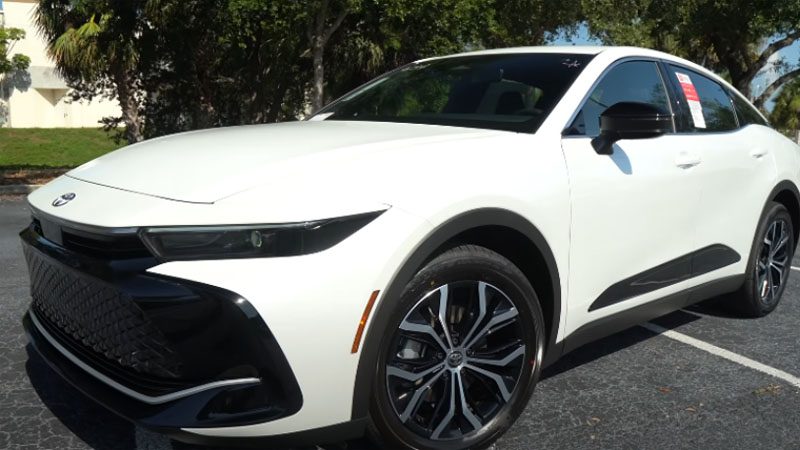
The weight of the engine for these sedans usually falls between 400 and 600 pounds, and this depends on how many cylinders are under the hood.
3. SUVs and Trucks
You’ll find more power in SUVs and trucks, which need bigger engines for heavy-duty use.
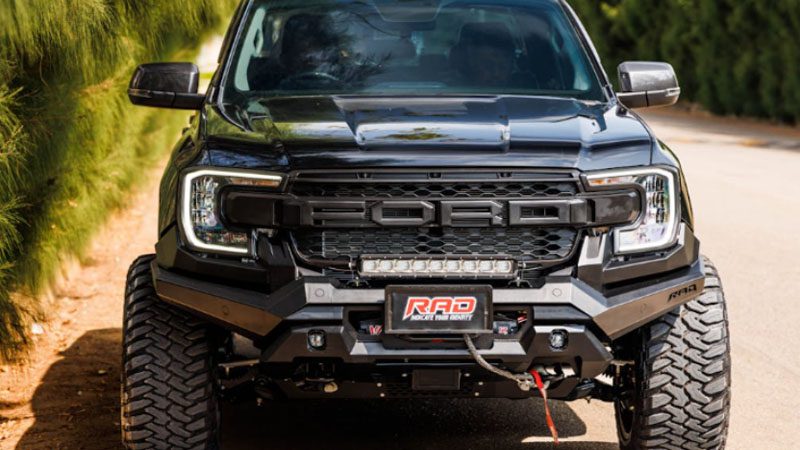
These usually range from 2.5 to 6.0 liters and weigh between 500 and 800 pounds.
4. Sports Cars
Performance engines are a different story, and the sports cars that use them are often between 3.0 and 8.0 liters.

These engines are stronger and heavier, with a weight landing between 600 and 900 pounds.
5. Electric Vehicles
Electric motors don’t follow the same rules. They’re lighter, usually between 100 and 300 pounds, because of the use of electric motors instead of ICE.
How Much Does a Car Engine Weigh: Based on Engine Type
Let’s throw in some numbers to see what different engine displacements usually weigh, regardless of the vehicle they go into.
1. Three-Cylinder
Three-cylinder engines sit right between the compact two-cylinder and the more common four-cylinder. They are there in small hatchbacks or entry-level models built for fuel economy. Their weight ranges from 145 to 240 pounds (66 to 109 kilograms), depending on the material and whether turbo components are included.
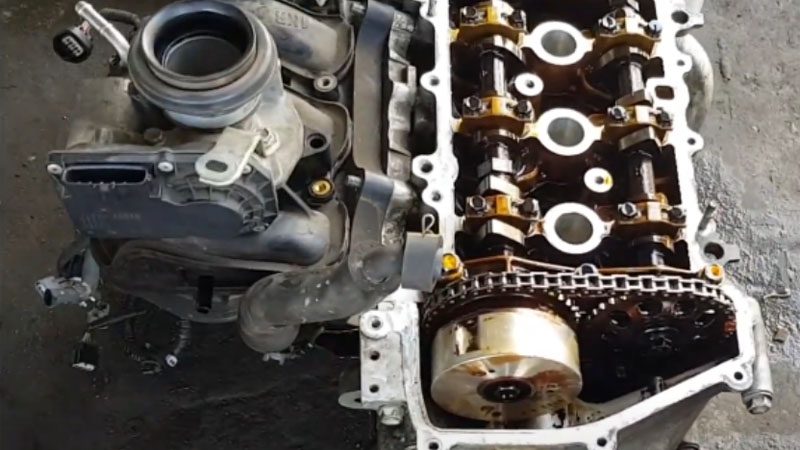
2. Inline Four-Cylinder
The Inline four-cylinder engine is the most common one you’ll find in sedan cars. It usually weighs between 300 and 400 pounds (191-159 kg).
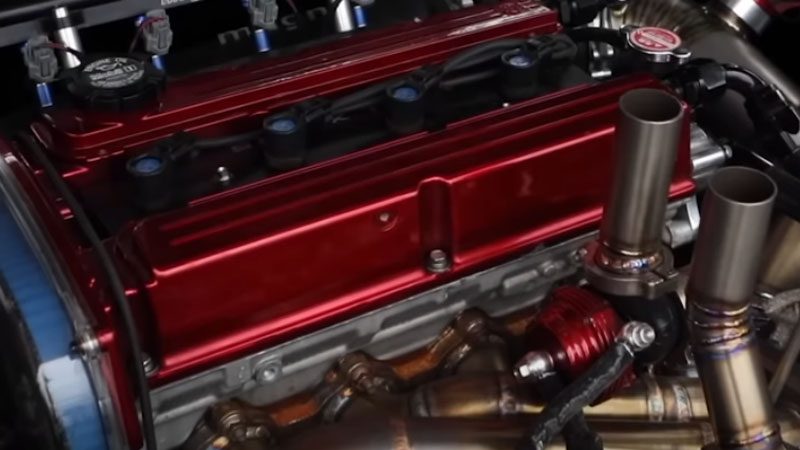
It’s lightweight, efficient, and used in tons of compact sedans and hatchbacks.
3. V6
Middle of the pack. A V6 engine weighs around 300 to 450 pounds (136 to 227 kg). Good for performance and balance, found in sedans, SUVs, crossovers, and entry-level sports cars.
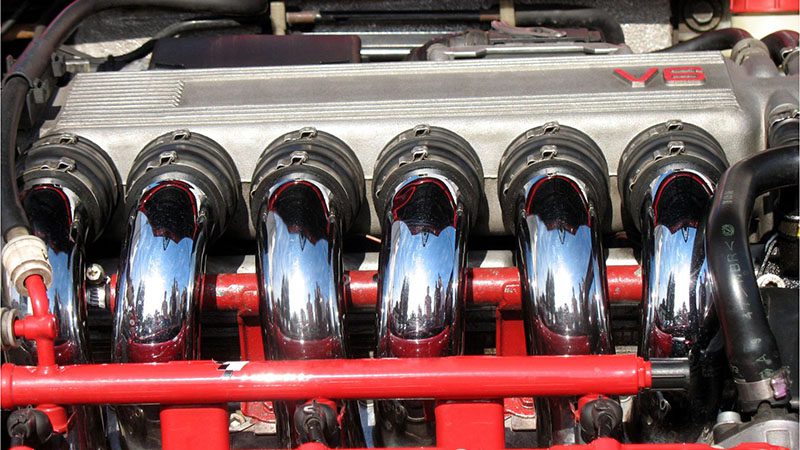
4. V8
Now we’re talking muscle. A V8 engine can weigh between 400 and 700 pounds (181 to 317 kg). The difference in weight is due to the material, which can be iron or aluminum. These engines are a great fit for trucks, SUVs, and performance cars.
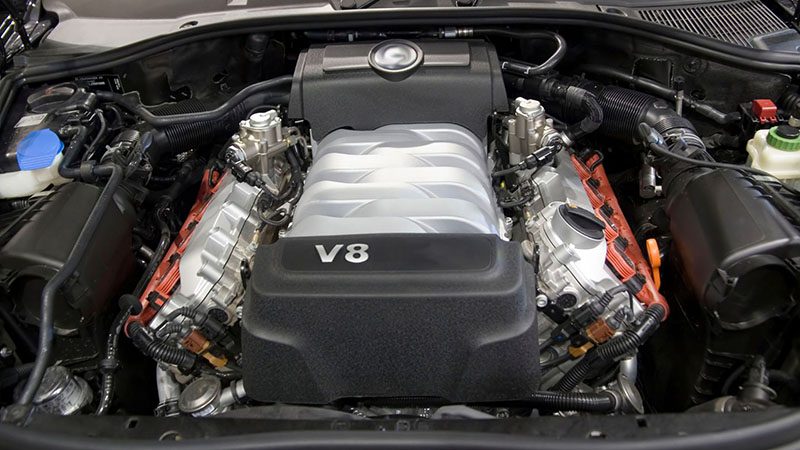
5. V10
V10 engines usually fall between 500 and 750 pounds (227 to 340 kg). These engines are known for high-revving performance and a loud exhaust note, which is why they show up in performance cars. The added size and extra cylinders push the weight higher than a V8.

6. V12
V12 engines weigh anywhere from 500 to 800 pounds (227 to 363 kilograms), sometimes even more. With more cylinders and added internals, the weight shoots up fast.
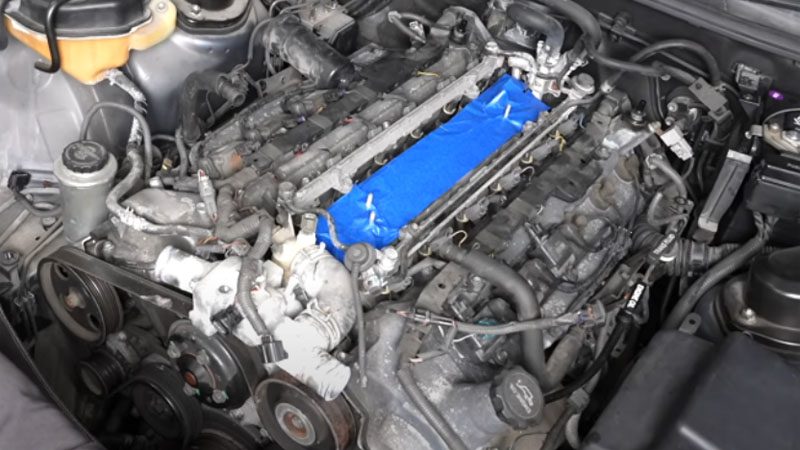
These engines show up in luxury and high-performance models where power and refinement matter more than weight.
7. Diesel
Diesel engines are quite heavy because they need to be durable to handle higher compression. That’s why these engines start with the 400 pounds (181 kg) weight and go all the wya up to 700 pounds (318 kg).
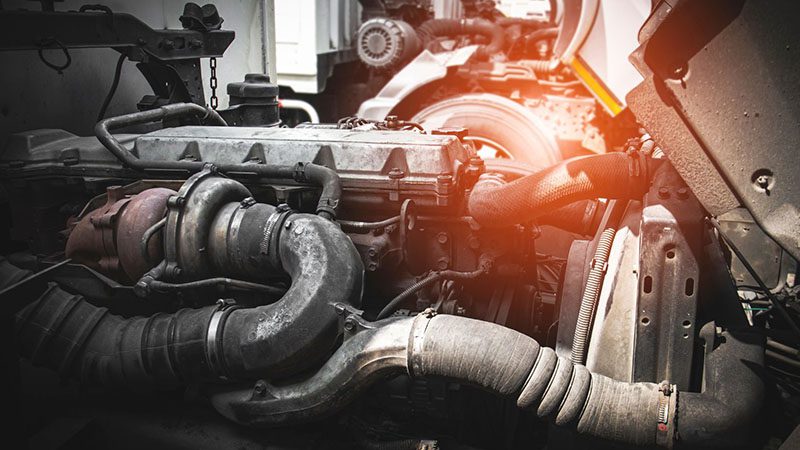
They can even cross 700 pounds, especially in trucks or vans. To provide more torque for hauling.
What Affects the Weight of the Car Engine?
Not every engine weighs the same, even inside the same car category. Several things play a role in how heavy that block under the hood actually is. Let’s break down those factors.
Size and Cylinder Count
Engine size is the main reason weights vary. More cylinders usually mean more weight. A four-cylinder engine is standard in smaller cars, while six or eight cylinders show up in larger ones. And if they’re laid out in a V-shape, the block tends to get heavier.
Displacement
This one’s about how far the pistons travel and how big the cylinder holes are. A four-cylinder engine with high displacement can outweigh a smaller six-cylinder engine. So don’t go assuming more cylinders always mean more weight.
Material and Model Year
What the engine is made from changes everything. Cast iron blocks are heavier than aluminum ones. Older cars often used cast iron, while newer ones lean into the aluminum to shave pounds off the curb weight. That’s why some new models weigh less even with similar engine specs.
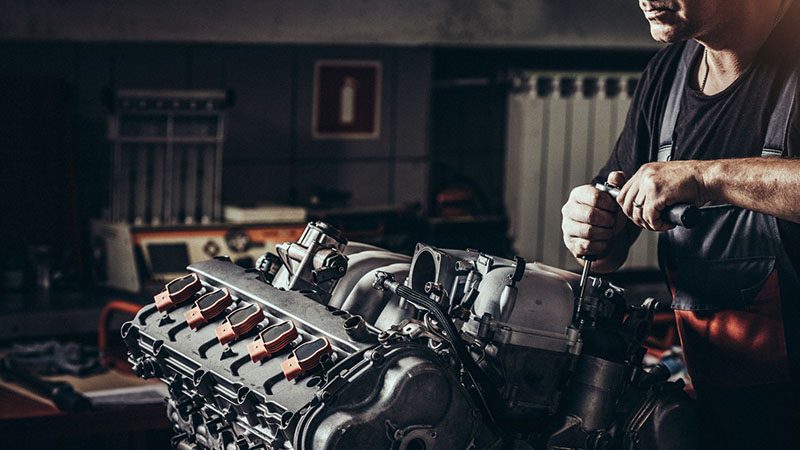
How Car Engine Weight Changed Over Time?
Engines haven’t always followed the same formula. The era and model year matter too. In older cars, engines were bigger and made of heavier materials. Cast iron was everywhere, and there wasn’t much tech involved to trim things down.
With the passage of time, new materials like aluminum and composites started showing up. Automakers like Mazda and Toyota also began adding more tech like turbochargers, hybrid components, or emission gear, which can either reduce or increase total weight. So, even within the same car line, engine weight can shift based on the manufacturing year.
For example, a 1995 sedan and its 2025 version might both be four-cylinders, but the construction, layout, and material will lead to different engine weights.
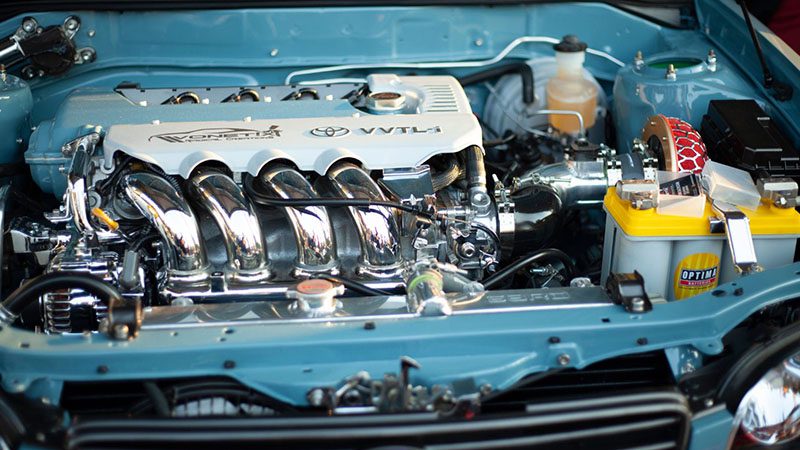
Does Engine Weight Affect Performance?
People like to chase numbers when it comes to the performance of a car, but a heavier engine doesn’t always mean worse. It depends on the car and how the weight of the engine balances out.
The more important figure is the power-to-weight ratio. A lighter engine with decent horsepower might outmatch a heavier one with just a little more power.
Weight also changes how a car handles. Lighter cars corner better and accelerate quicker.

Fuel economy improves, too, which is why manufacturers aim to lower engine weight.
Some brands go all in. Jaguar loves to use aluminum blocks, while BMW is always experimenting with carbon fiber components. Lightweight materials aren’t just for racers. They help daily drivers squeeze out more efficiency and better road feel. So yeah, engine weight plays a role, but it’s only one piece of the bigger performance puzzle.
Conclusion
This guide covered everything about how much a car engine weighs, along with what factors affect the weight, and how things have changed over time.
If your business is sourcing parts for any engine type, Nanjing Woda Auto Technology Co., Ltd. offers a wide range of systems—engines, ignitions, suspensions, exhaust, electrical, and everything else.
With 25 years of experience and over 100,000 products shipped worldwide, we support growing businesses with reliable supply, steady pricing, and on-time delivery. Contact Nanjing Woda and let’s grow your business with reliable parts and exceptional support.
